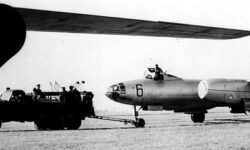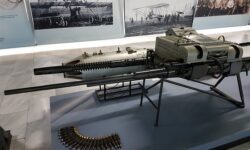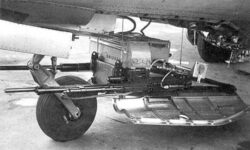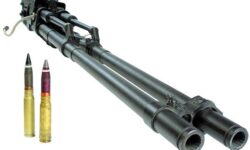Our Armory Modlin is a sports shooting range located in an absolutely unique location with a unique history. Its history is inextricably linked with the history of the military airport in Modlin near Warsaw.
It all started in 1937. It was then, according to the local population, that the then training ground for armored units, whose school operated in the nearby Modlin Fortress, was hardened by the League of Air and Gas Defense. In 1940, the construction of an airport for Luftwaffe combat units began. This project was initiated by the Germans. After the Germans were forced out, the airport was taken over by the Red Army. Until 1946, the 47th Corps of the Soviet Army was stationed in Modlin. Fortunately, the airport returned to Polish hands and its very dynamic development began shortly thereafter. In particular, the years 1949-1953 abounded in many modernizations, which resulted in the construction of hangars, a new concrete runway for the heaviest aircraft, as well as numerous shelters for airplanes and staff.
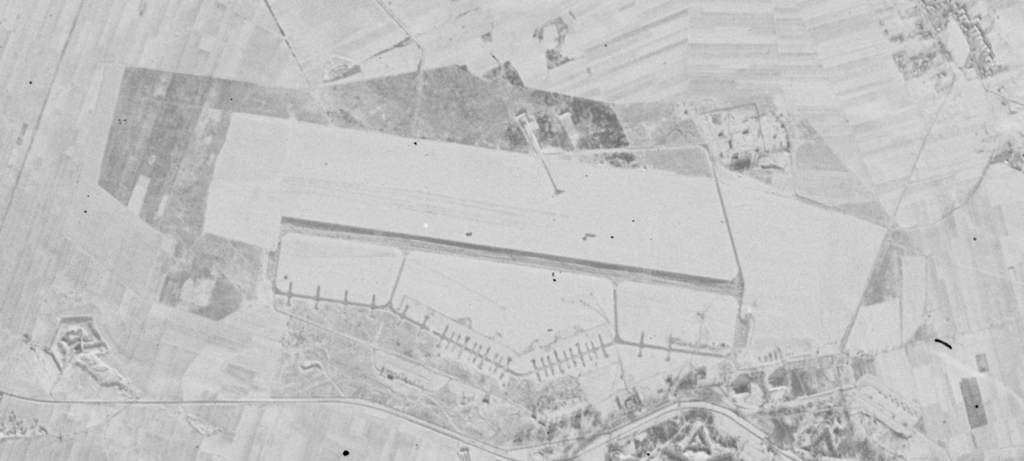
In the years 1953-1959, Modlin Airport was the base where the 15th Bomber Aviation Division was stationed. In fact, the airport played only a “component” and training function. It was here that the Polish Army Aviation Training Center and the School Helicopter Regiment were established. It was here that pilots were prepared for flights on the most modern types of aircraft at that time, including the first in Poland supersonic Mig 19 and Mig 21 aircraft.
In 1974, the Military Academy in Dęblin established a base for the 38th Training and Combat Regiment here. After 25 years, the command was transferred to the Experimental Aviation Squadron. This unit, after many years of operation, was disbanded, and the Modlin Airport as a whole was handed over by the Ministry of National Defense to the Military Property Agency.
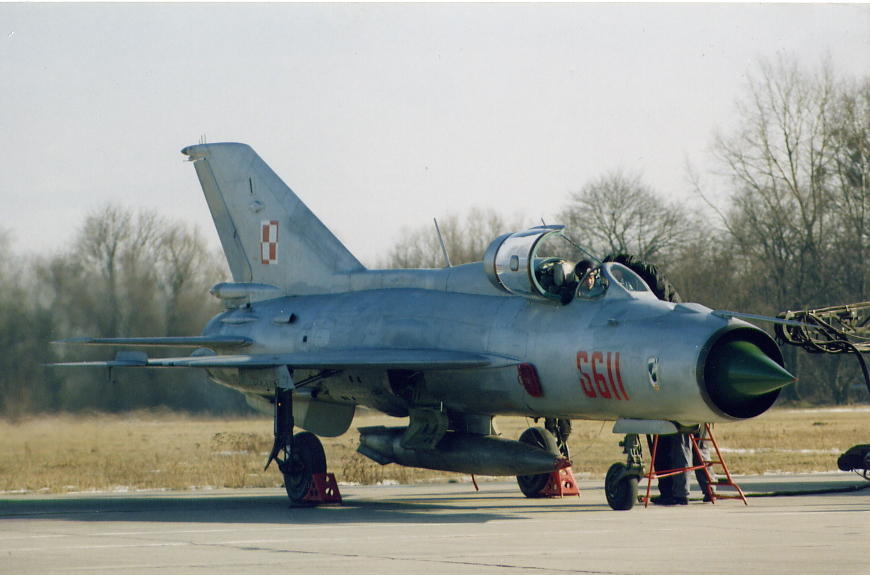
The result of the needs of military aviation at that time is today’s complex of field fortifications and an aerial shooting range, built approx. 1970 r. on the north side of the airport. The development of aviation weapons forced the construction of a shooting range, which made it possible to test and calibrate small arms. In the post-war period, the caliber of the deck guns on most types of aircraft was from 20 to 37 mm. The ballistic parameters of this weapon necessitated the creation of a shooting range of appropriate dimensions and properly secured. And so the main shooting line was 400 meters long and ended with a huge concrete and earth bullet trap, almost 10 meters high.
Airplane shelters were also built next to the shooting range, and their history was initiated by events that were theoretically very distant to Poland. The large-scale construction of shelters for combat aircraft and their maintenance at that time was a response to the events of the 1967 Israeli-Arab War. During a raid lasting 7 min. In 45 years, the Israeli air force destroyed 189 Egyptian aircraft at the airports. At the airport in Modlin, hiding places in the form of earth embankments were made by the taxiways on the southern and northern sides of the airport, and a little further to the south, the so-called radar mounds – earth embankments on which radar stations were rolled in to detect low-flying aircraft. The complex of facilities on the northern side is the most interesting, due to the fact that it is equipped with shelters and connected to an aerial shooting range.
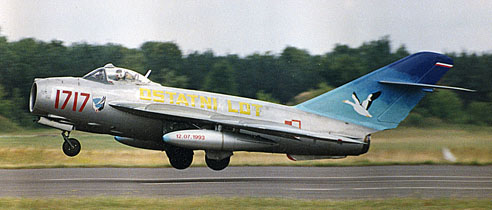
The complex consists of 5 double shelters, two shelters and a shooting range. The hiding places, each housing two planes, were made in the form of earthen embankments in the shape of the letter E, with a small shelter in the side shaft, made of reinforced concrete elements prefabricated for service soldiers. Four of them are located on both sides of the road parallel to the runway, with an additional section of the embankment made in front of the hiding places facing the airport. The fifth concealment was built into the shaft of the shooting range, intended for shooting at the aircraft’s on-board weapon positioned on its axis and equipped with a bullet trap, a target beam and an observation bunker. The bunkers, intended for storing and arming aviation ammunition, have an original construction – a covering made of railway sleepers was attached to the skeleton twisted from railway rails, poured with a layer of concrete and covered with earth.



